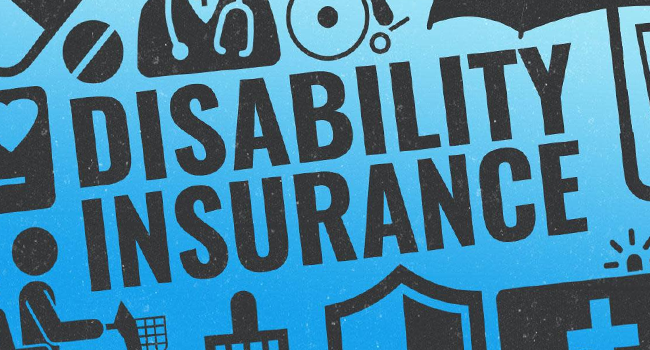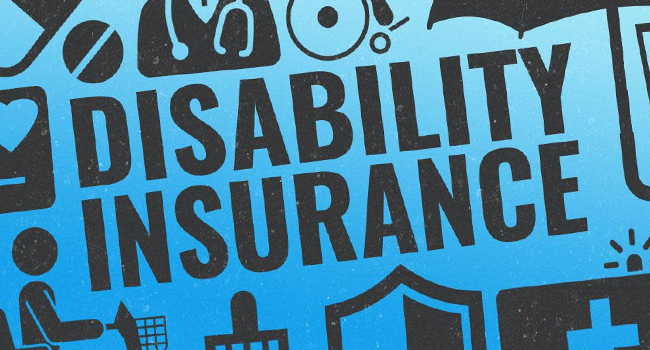
Life is full of uncertainties, and it’s crucial to plan for the unexpected. One of the most effective ways to secure your family’s future is by investing in life insurance. In this article, we’ll delve into the various reasons why obtaining life insurance in 2023 is not just a choice but a necessity.
Introduction
Life insurance, often overlooked, is a financial safety net that provides your loved ones with financial support in the event of your untimely demise. It goes beyond being a mere policy; it’s a crucial component of responsible financial planning.
Assurance of Family’s Financial Security
Life insurance ensures that your family’s financial needs are taken care of in your absence. From mortgage payments to daily expenses, the policy acts as a safety net, offering peace of mind during challenging times.
Covering Outstanding Debts
In the unfortunate event of your passing, life insurance can help settle outstanding debts, preventing your family from shouldering a financial burden during an already emotionally taxing period.
Replacing Lost Income for Dependents
One of the most critical aspects of life insurance is its ability to replace lost income. This ensures that your dependents can maintain their lifestyle and meet financial obligations, even without your regular income.
Maintaining the Family’s Standard of Living
Life insurance safeguards your family’s standard of living, providing a sense of continuity and stability during what would otherwise be a tumultuous period.
Ensuring Educational Expenses Are Covered
Planning for your children’s education is a significant aspect of financial planning. Life insurance can serve as a dedicated fund to cover educational expenses, ensuring your children have access to quality education.
Reducing the Financial Burden on the Family
By having an education fund in place, you reduce the financial burden on your family, allowing them to focus on emotional recovery rather than worrying about how to fund future academic pursuits.
Dealing with the Unexpected
Life is unpredictable, and unforeseen circumstances can arise at any moment. Life insurance provides a safety net, allowing your family to navigate these unexpected events without the added stress of financial instability.
Coping with Emergencies and Unforeseen Circumstances
From medical emergencies to unexpected home repairs, life insurance provides a financial cushion, ensuring your family can handle unexpected expenses without compromising their well-being.
Facilitating the Transfer of Wealth
Life insurance plays a crucial role in estate planning, facilitating the smooth transfer of wealth to your beneficiaries. This ensures that your assets are distributed according to your wishes.
Taking Advantage of Tax Benefits
Life insurance policies often come with tax benefits. Understanding and leveraging these benefits can contribute to a more efficient and effective overall financial plan.
Differentiating Between Term and Whole Life Insurance
Understanding the differences between term and whole life insurance is essential in choosing the right policy for your needs. Each type has its advantages and considerations.
Choosing the Right Policy for Individual Needs
The key lies in aligning your choice of life insurance policy with your circumstances, taking into account factors such as age, health, and financial goals.
Dispelling Myths About Life Insurance Being Expensive
Contrary to common misconceptions, life insurance can be affordable. Dispelling myths about its cost is crucial in encouraging individuals to consider this vital aspect of financial planning.
Options for Flexible Premium Payments
Insurance providers offer various options for premium payments, making it more accessible for individuals with different financial situations. Understanding these options ensures that you can find a plan that fits your budget.
Critical Illness Coverage
Beyond the traditional coverage, life insurance policies may offer critical illness coverage, providing additional financial support in the face of a severe medical condition.
Living Benefits and Accelerated Death Benefits
Some policies offer living benefits, allowing policyholders to access a portion of their death benefit while still alive in certain situations. This feature adds an extra layer of financial flexibility.
Reading the Fine Print
Carefully reading and understanding the terms and conditions of your life insurance policy is crucial. Knowing what is covered and what is not can prevent misunderstandings and ensure your expectations align with reality.
Clarifying Doubts with Insurance Providers
If you have any doubts about your policy, feel free to reach out to your insurance provider. Clear communication ensures that you make informed decisions about your coverage.
Age, Health, and Lifestyle Impact
Various factors influence life insurance premiums. Understanding how your age, health, and lifestyle choices impact these premiums empowers you to make decisions that align with your financial goals.
Tips for Obtaining Affordable Premiums
Implementing lifestyle changes and adopting healthy habits can positively impact your insurability and help you secure more affordable premiums.
Cash Value Accumulation
Some life insurance policies accrue cash value over time. This cash value can be accessed or borrowed against, providing a unique aspect of life insurance as a financial asset.
Utilizing Life Insurance as a Financial Asset
Considering life insurance as part of your overall investment portfolio can offer long-term benefits and enhance your financial strategy. By understanding how life insurance can function as a financial asset, you open up avenues for future planning and wealth management.
Adapting to Changing Life Circumstances
Life is dynamic, and your circumstances may change over time. Regularly reviewing your life insurance policy ensures that it remains aligned with your current needs. Whether you experience a change in marital status, the birth of a child, or a career advancement, updating your policy is crucial to maintaining comprehensive coverage.
Periodic Policy Reviews for Optimal Coverage
Periodic reviews with your insurance advisor help you assess whether your policy still meets your financial goals. This proactive approach allows you to make necessary adjustments, ensuring your coverage evolves as your life does.
Addressing Myths and Misinformation
There are common myths surrounding life insurance that can deter individuals from obtaining this vital coverage. Addressing these misconceptions, such as the belief that life insurance is only for older people or that it’s prohibitively expensive, is essential to fostering a better understanding of its benefits.
The Importance of Seeking Professional Advice
Consulting with a financial advisor or insurance professional is crucial in navigating the complexities of life insurance. Their expertise can help you tailor a policy that aligns with your specific needs, ensuring you make informed decisions about your financial future.
Health Benefits and Living Benefits
Life insurance doesn’t just offer financial security in the event of death. Some policies come with additional health benefits. Critical illness coverage, for example, can provide a lump sum payment if you’re diagnosed with a severe medical condition, offering financial support during challenging times.
Living benefits, including accelerated death benefits, allow policyholders to access a portion of their death benefit while still alive under certain circumstances, such as a terminal illness. These features contribute to the versatility and adaptability of life insurance in addressing various life situations.
Insurance as an Investment
Understanding the potential for cash value accumulation, in particular life insurance policies, transforms it from a mere safety net into a valuable financial asset. Over time, the cash value grows, and policyholders may have the option to borrow against it or withdraw funds. This aspect adds a layer of flexibility and liquidity to your overall financial portfolio.
Dispelling Myths About Life Insurance
Misconceptions often surround life insurance, preventing individuals from recognizing its actual value. Addressing these myths, such as the belief that life insurance is a costly endeavor or that it’s only for older people, is crucial. Clearing up these misconceptions opens the door for more people to access the protection and benefits life insurance offers.
Seeking Professional Advice
While the internet provides a wealth of information, navigating the intricacies of life insurance can be daunting. Seeking professional advice from a qualified insurance advisor or financial planner is essential. They can help you understand the nuances of different policies, guide you through the decision-making process, and ensure that your chosen coverage aligns with your unique needs and goals.
Conclusion
In conclusion, life insurance is not a static concept but a dynamic and adaptable financial tool. It provides the necessary support for your loved ones in the face of life’s uncertainties, offering peace of mind and stability. As you navigate the process of obtaining life insurance in 2023, remember that it’s not just about the present; it’s about securing a future where your family can thrive, regardless of what challenges may arise.
By understanding the myriad benefits, dispelling myths, seeking professional advice, and embracing the long-term perspective, you position yourself to make a decision that goes beyond insurance. It becomes a commitment to the lasting financial well-being of those you care about most.
















